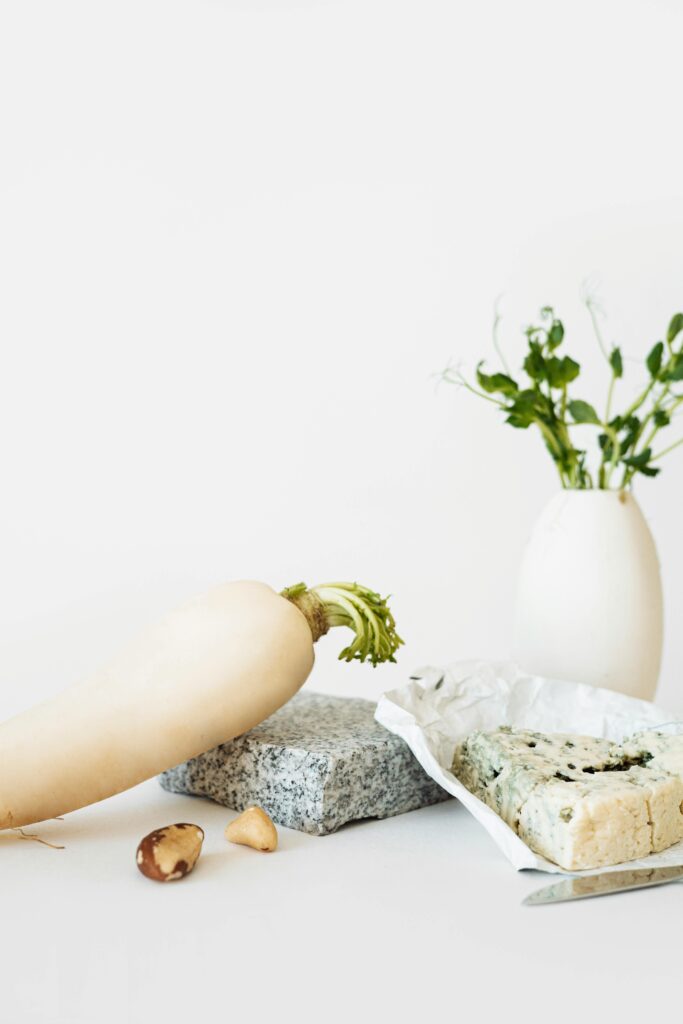Why Cooking from Scratch Saves More Than You Think
TL;DR: Break down the real costs of homemade vs. processed foods, including hidden savings on health, portion control, and ingredient versatility. Introduction The phrase “cooking from scratch” often conjures images of marathon kitchen sessions and complex recipes, but the reality is far simpler and more rewarding. Cooking from scratch means preparing meals using basic, whole […]
Why Cooking from Scratch Saves More Than You Think Read More »
Frugal Meal Planning
